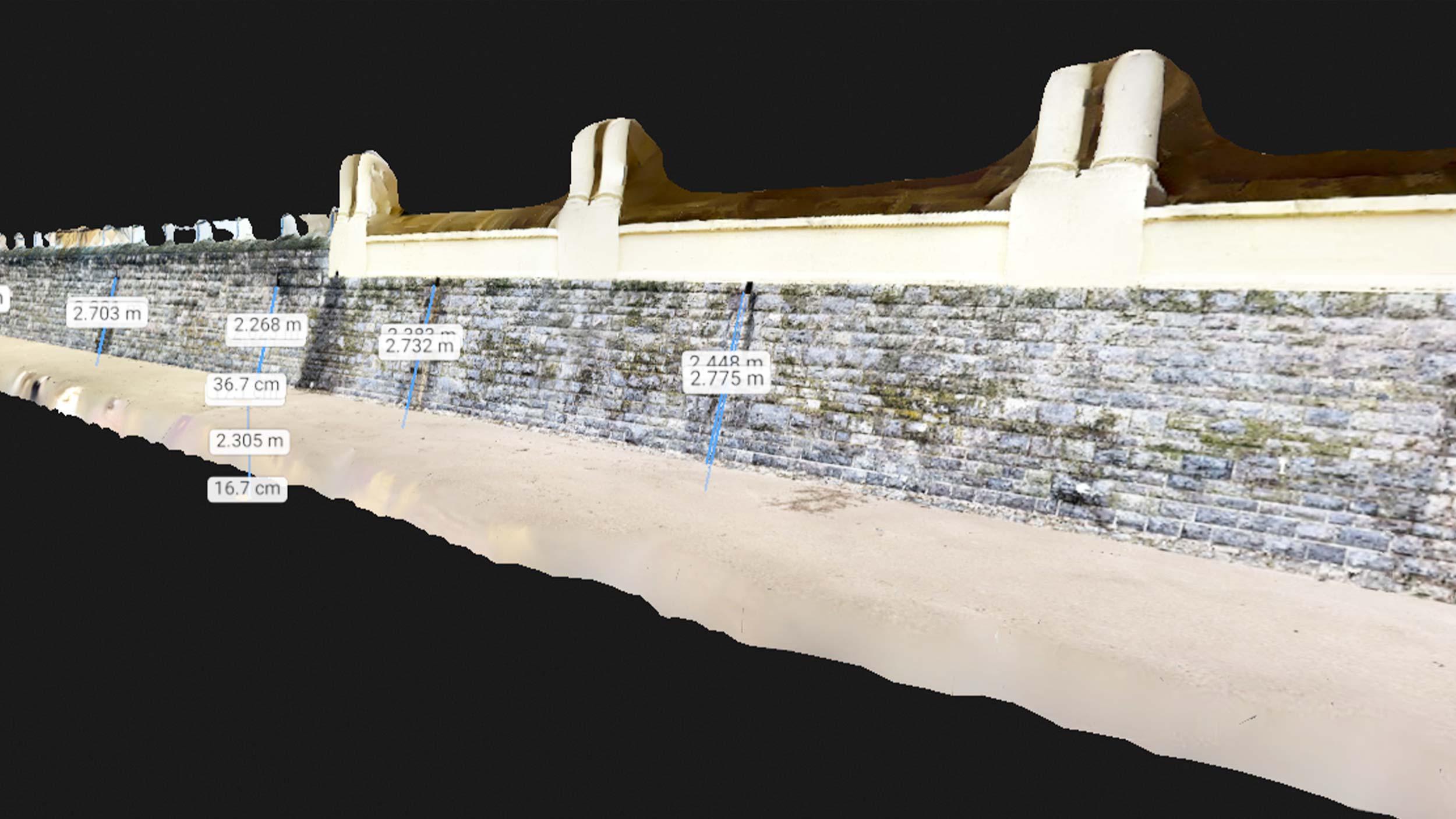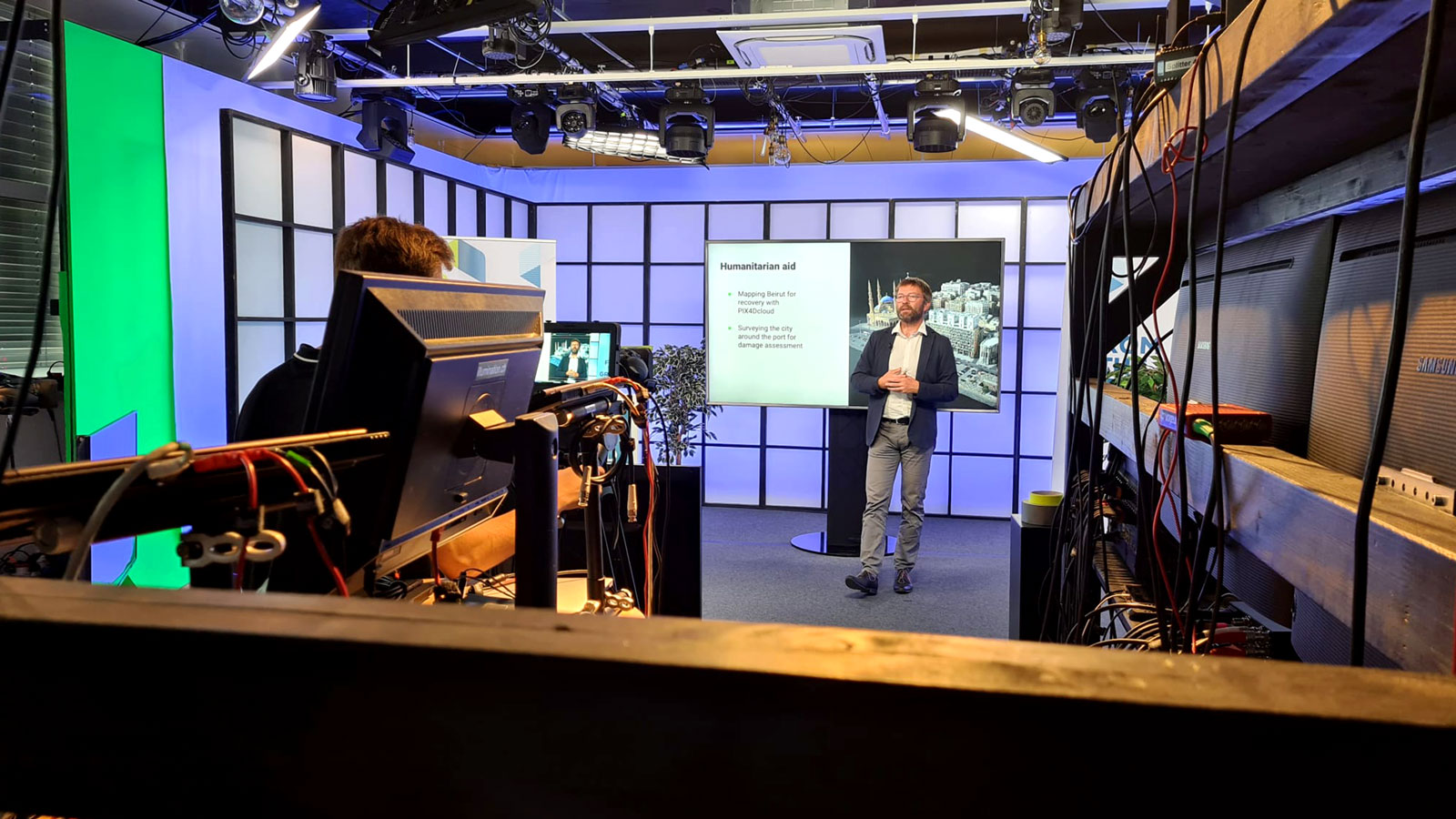How accurate is PIX4Dcatch's new Volume Computation tool?
The latest release of PIX4Dcatch includes a new tool: Volume Computation. This allows users to easily scan and measure volumes of objects on-site. After a few manual steps, the volume can be calculated in minutes, allowing users to save time and providing instant feedback.
Desktop workflows have long been the gold standard for precision in volume measurement, but they often require additional time for data processing and analysis back at the office or through cloud platforms. Now 3D scanning application PIX4Dcatch offers an alternative, it delivers much of the accuracy associated with desktop workflows but with significantly greater speed and convenience.
This means professionals can obtain reliable volume measurements directly on-site!
But how accurate are these measurements? We conducted a series of experiments to find out
While the benefits of PIX4Dcatch in terms of speed and convenience are clear, the key question remains: how does it stack up in terms of accuracy? To thoroughly evaluate the Volume Computation tool's accuracy, we conducted experiments on four objects with sizes ranging from 5 to 40 cubic meters, each representing common use cases on construction sites:
- Stockpiles composed of various materials
- Trench-like fill volumes
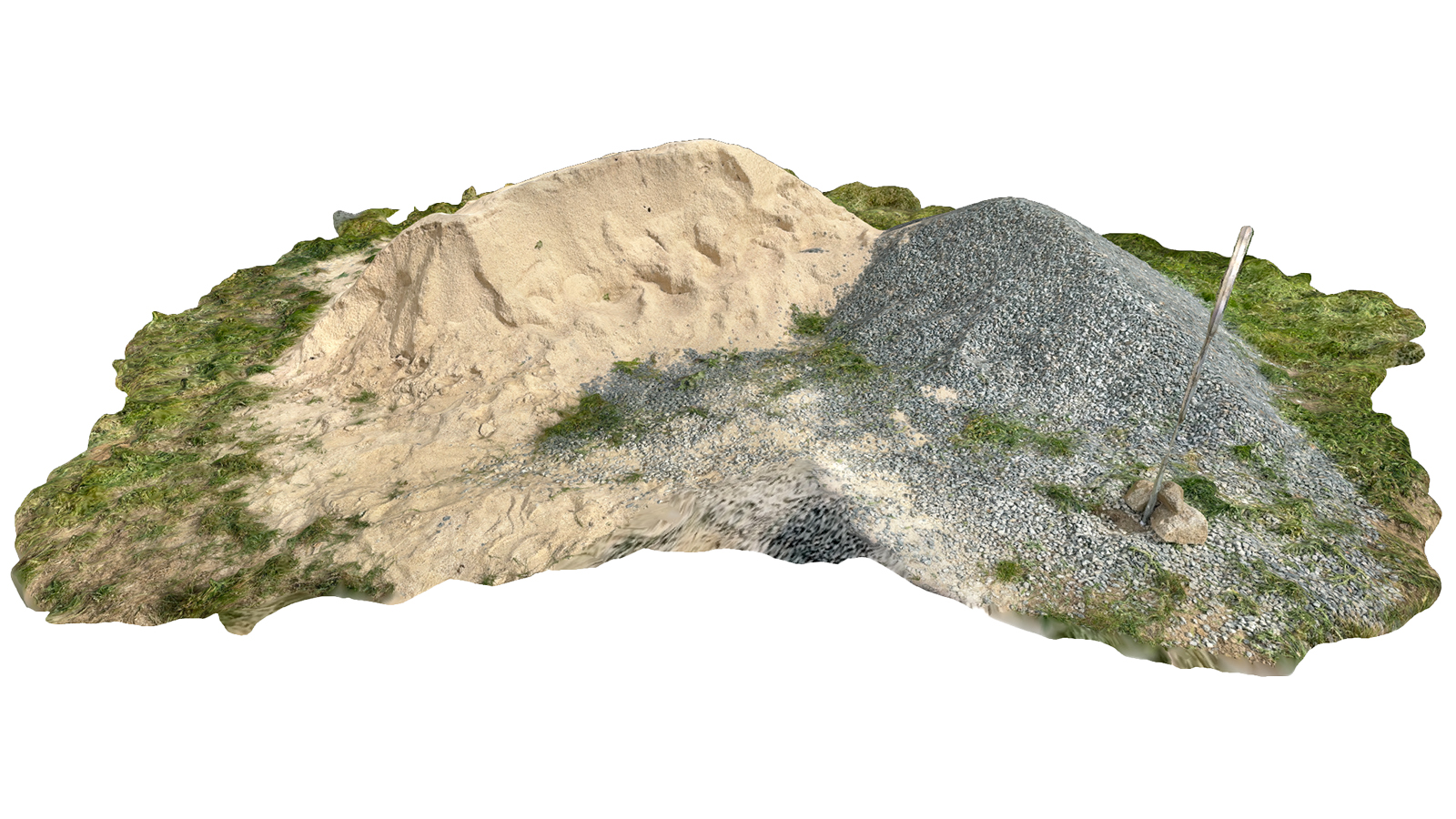
To ensure robust results, we scanned each object between 10 and 30 times, allowing us to assess not only the accuracy but also the repeatability of the measurements. We used PIX4Dcatch, an iPhone 15 Pro, and an RTK rover. When RTK signal is consistently good, additional measures such as autotags or scale constraints are not required. Autotags can however improve results in areas with uneven RTK signal quality.
The PIX4Dcatch accuracy experiments
Scanning each object involved performing a series of orbits, or circular passes to fully cover the object’s surface (if the object is small enough to be fully covered in a single pass, this is all that is required. However, for larger objects that do not fit entirely within the camera frame, multiple passes become necessary). RTK was used in all cases. To ensure the accuracy of our benchmark results, we established ground truth volume measurements for each asset using independent and reliable methods. Where feasible, we directly calculated volumes through geometrical calculations based on precise physical distance measurements.
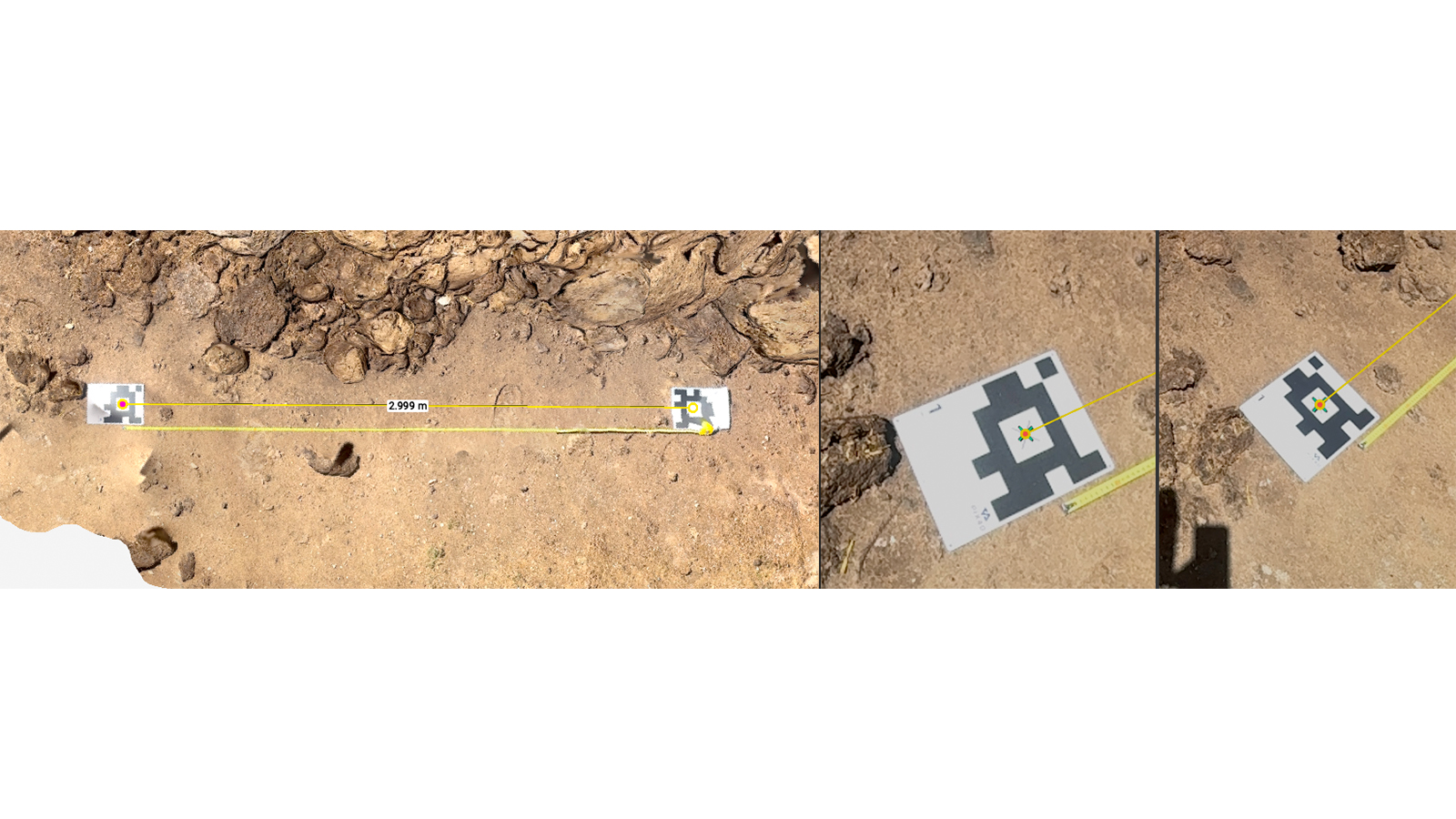
For scenarios where such direct calculations were not possible, we employed an alternative approach using a full-featured desktop photogrammetry workflow. This involved processing the images captured on-site with PIX4Dmatic and then calculating the volumes using an independent algorithm running on the photogrammetry digital model.
Throughout this process, we took meticulous care to maximize accuracy. This included manually adding tie points where necessary to enhance calibration precision, as well as conducting rigorous checks to eliminate any potential scale discrepancies. By comparing physical measurements with those obtained from the digital models, we ensured that the ground truth volumes provided a highly accurate reference against which to validate the performance of PIX4Dcatch.
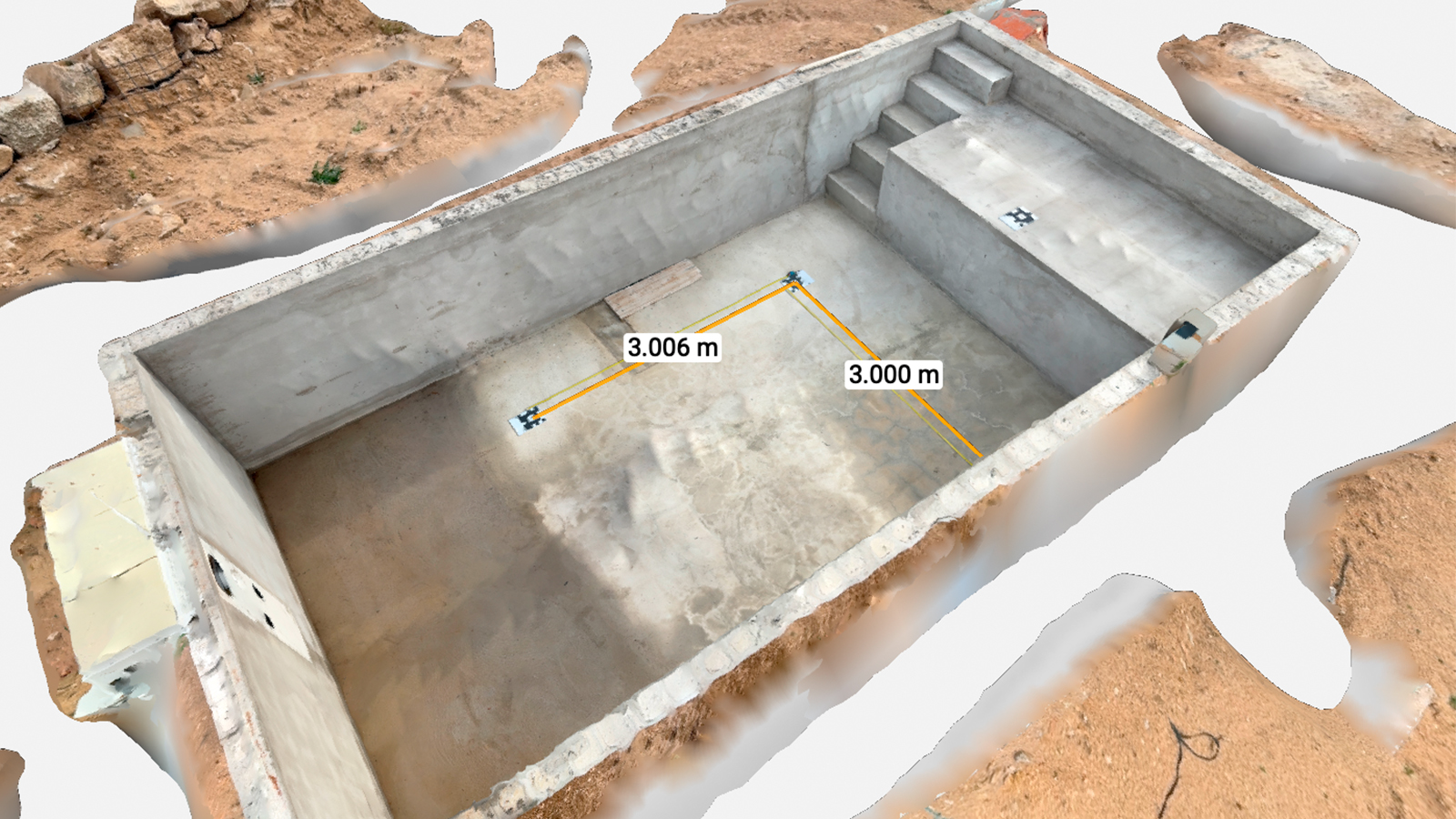
The results!
Our results provide a clear picture of the app's accuracy. We measured the relative error of each volume estimate produced by PIX4Dcatch against the ground truth volume of the corresponding asset. On average, the absolute relative error across all measurements was 2.2%! The relative error was kept below 5% for 90% of the measurements, demonstrating the app's consistent reliability. Additionally, none of the measurements exhibited an error above 10%, showing the app’s capability to deliver accurate results across various scenarios.
Tips for accurate volume computation with PIX4Dcatch
To achieve optimal accuracy you should:
- Always use RTK. If signal is bad or unavailable complement with Autotags
- Use Autotags when measuring smaller objects (<1m3)
- Ensure good coverage of the object. The displayed point cloud / mesh should capture the entire object, and the boundary contour should fully encompass the section to be computed. The boundary tells the app which part of the scanned scene to measure
The app provides an uncertainty estimate with each predicted volume, alerting users when accuracy may be affected.
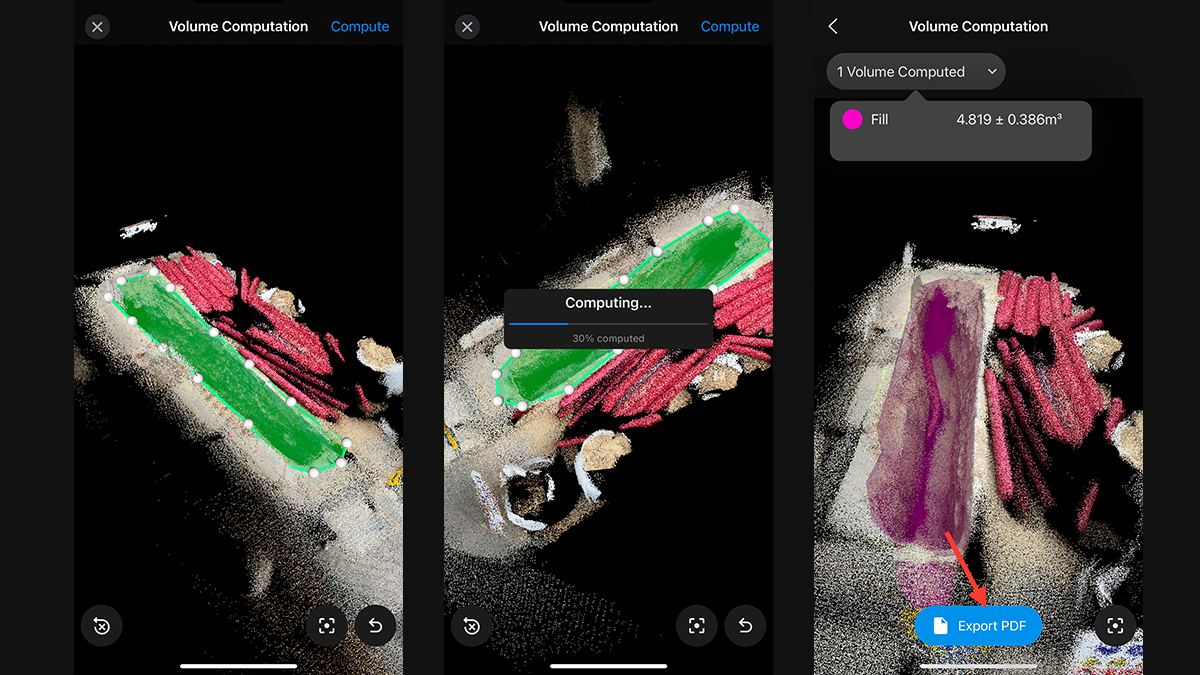
In summary, the Volume Computation tool in PIX4Dcatch provides a powerful solution for on-site volume measurement, delivering speed and accuracy directly from your mobile device. Construction professionals can streamline their workflow, ensuring high-quality measurements even in challenging conditions. Whether it's stockpile management, excavation tracking, or material estimation, PIX4Dcatch can enhance productivity and precision on the job site.


